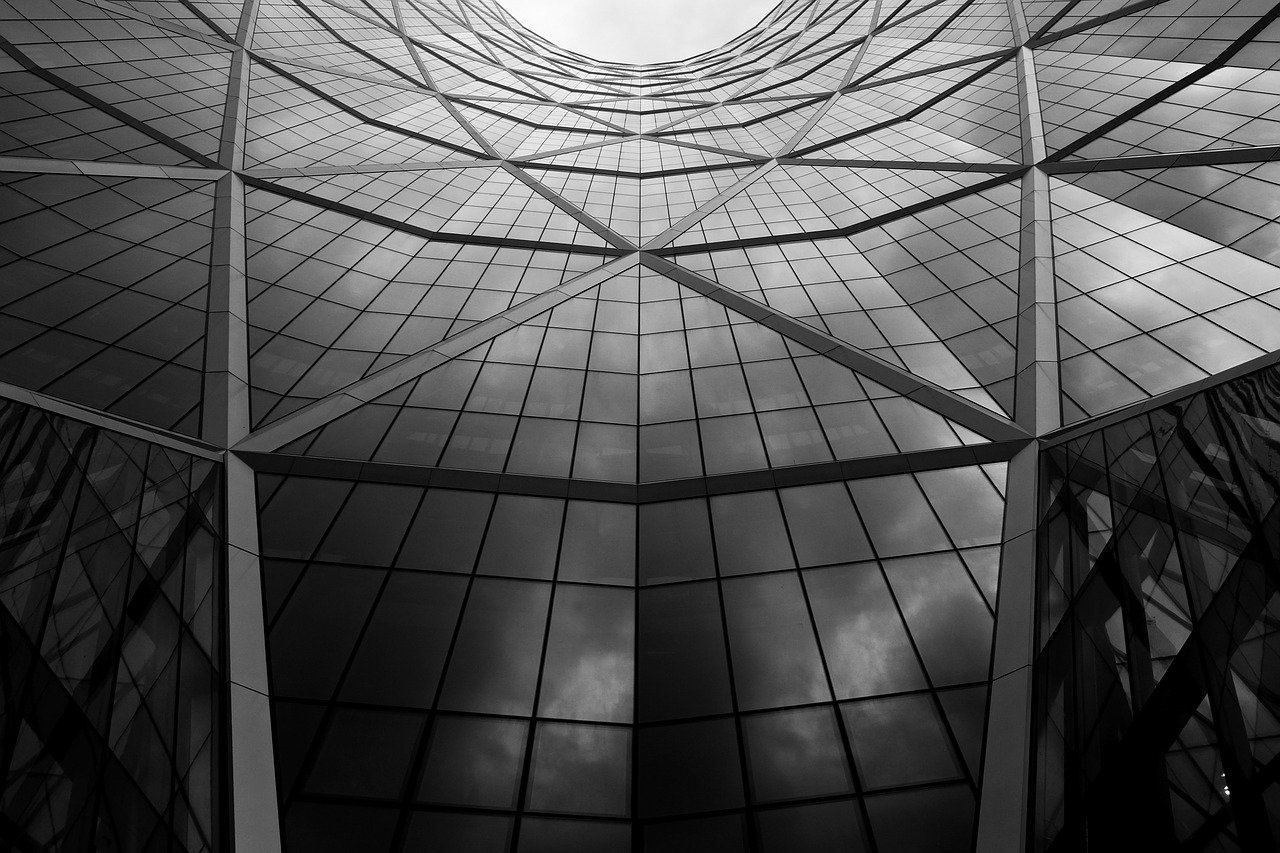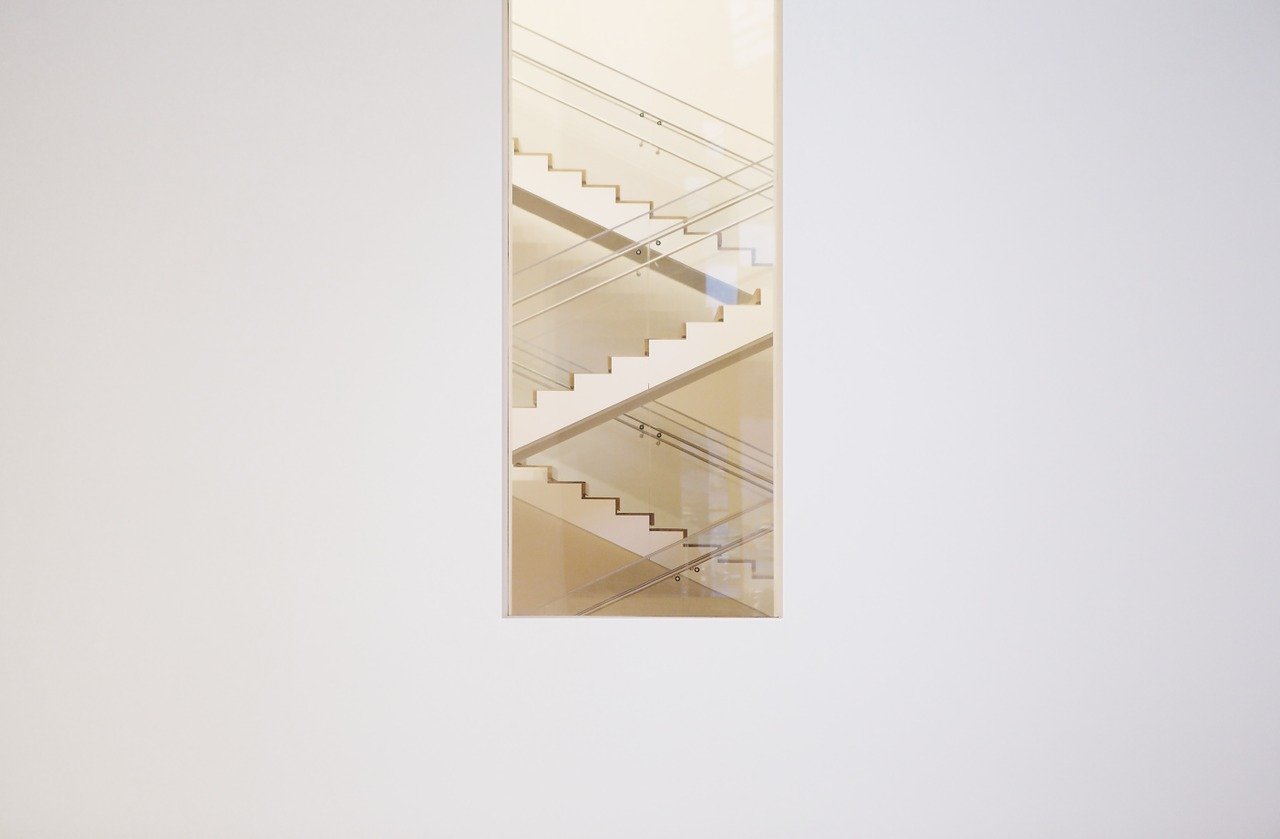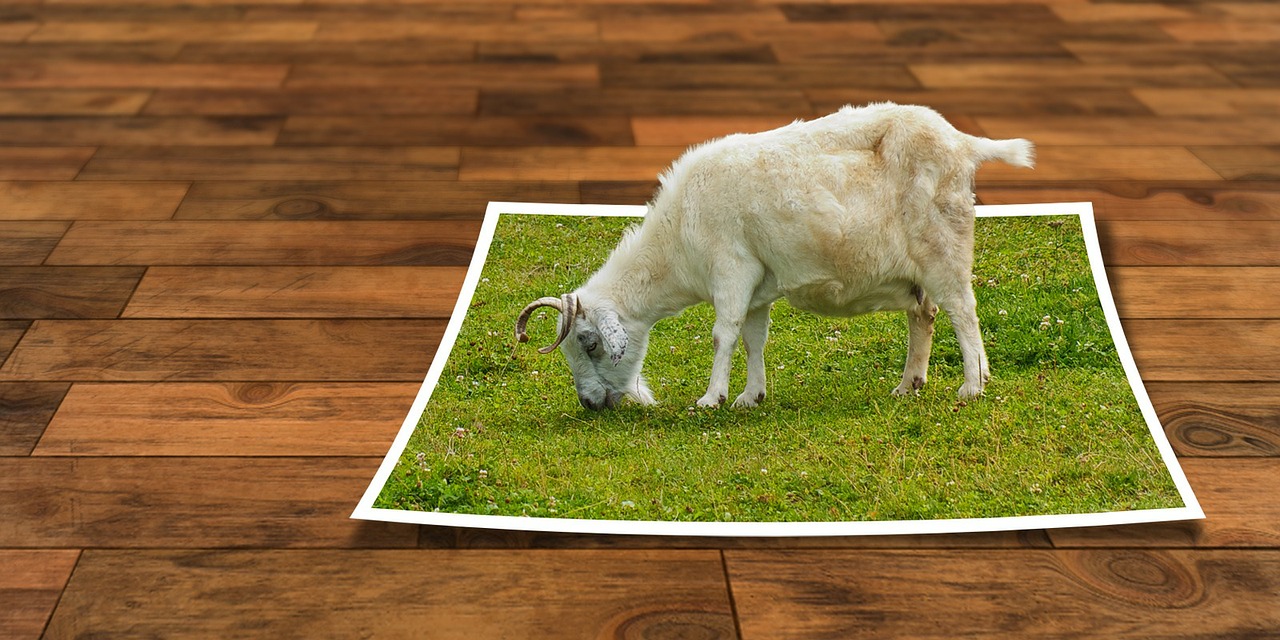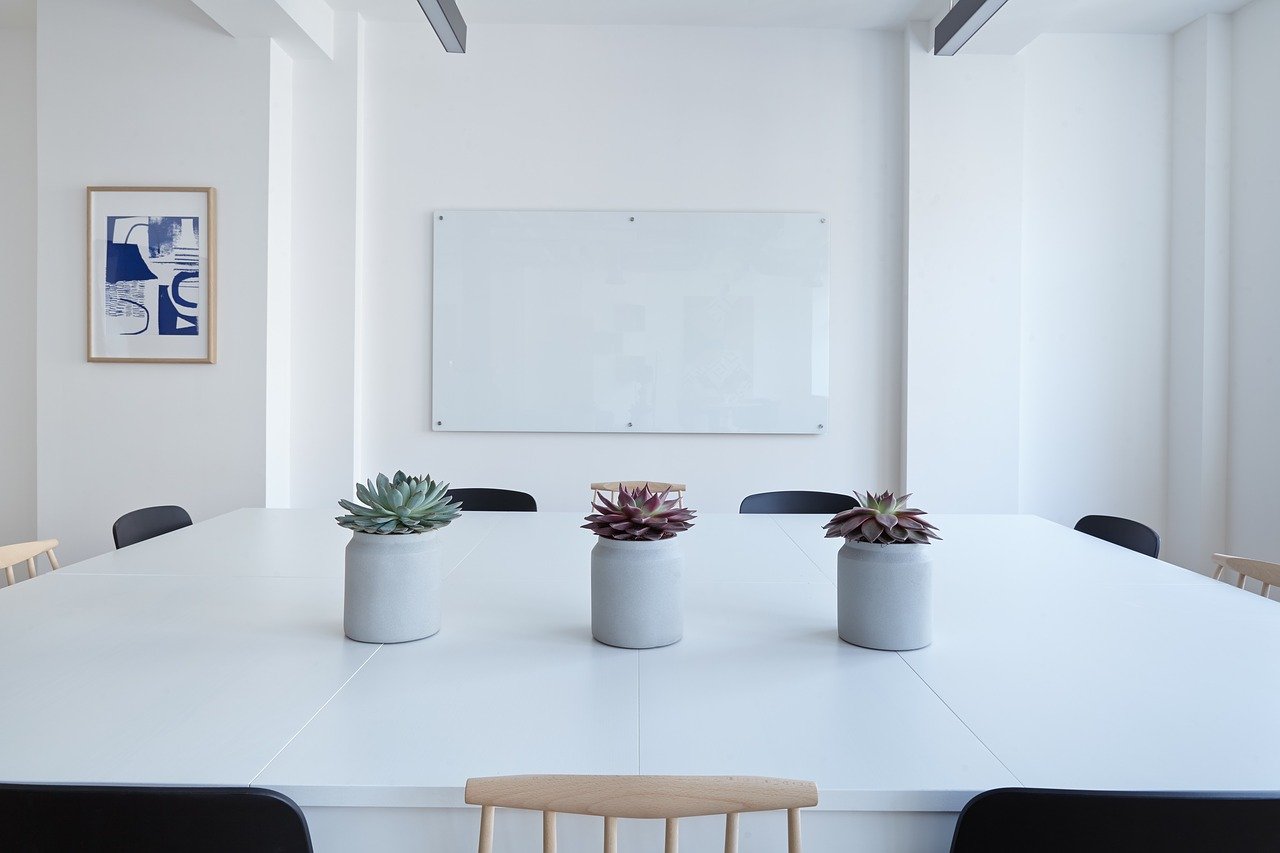
Framing my shots is something that I always had a lot of trouble with. It took many years for me to master this key component of composing an image.
There are a few rules to follow and most framing questions come down to personal appeal or how you intend your image to look.
What you should be thinking about when you decide how you want to frame your image is what you want the focal point of your image to be. When you’re considering how to frame a photograph, it’s important to view the world as just that: a photograph.
What I mean by this is that when you alter the frame of your shot you’re essentially cutting the edges out. The sides that don’t make it into your frame are effectively gone. You freeze that moment in time and decide that whatever part you don’t include isn’t worth including for whatever reason – that is framing!
I always have trouble deciding what constitutes a place in my image and what doesn’t. I’m reluctant to not include something, but also I’m aware that I am always trying to fill the frame in order to give the viewer the most real interpretation of the view that I saw when I took the image. Wrong!
Framing enhances what the photographer wants to enhance, and then removes the rest. Think of it as erasing the parts of an image that you don’t want others to see. Essentially you’re creating an optical illusion, you’re manipulating the image to leave only what you think is worthy of being seen.
Why not show everything?

Good question. Again, I had lots of trouble approaching and then selecting my image boundaries.
Good images direct our attention toward something that is noteworthy to the photographer. This is why we shoot in the first place – to capture the world we live in and love. Including the parts of the world we want in our frame is a great place to start.
We also want to surprise, shock, and leave questions. Great art leaves more questions than answers. Anyone can pick up a camera and click a button and declare that they have created “art”. Frame your shots, leave room for questions, interpretation, discussion, and debates.
You’re operating within time and space, so manipulate time and space to your advantage. When photography first started to take off it almost instantly took the place of realism because photography can do exactly that – capture the real.
When you shoot, you pause time and space. You suspend the world around you. It’s your duty as a photographer to pause time and capture what is important. Once that moment is gone, it’s gone forever.
Lastly, the attention span! Yes, that’s right. In the 21st century, we don’t stop and look unless something catches our eye. Don’t overload your image. Hone in on one focal point, hone in again, and perhaps once more. Frame wisely. Create drama. Do not present a whole story if the meaning isn’t obviously shown. Frame your shots to get across a point, visually signify your message and then move on. Don’t get hung up (like me) on deciding if this or that is worth including in your shot, because normally you’re missing the point of the image you intended to capture in the first place!
How does it work?

How do you go about framing your shots? It’s difficult to lay out a blanket rule of thumb for framing your shots.
I think this because there’s more happening in the frame, so inevitably there’s more to miss out on. But of course, I’m sure there are plenty of landscape photographers who ponder leaving out corners of shots but don’t want to miss the beauty of the scene.
Generally speaking, you should cater to the drama of your composition. I think this is the best way I can describe how you want to start framing your shots.
Draw attention towards your subject of interest as much as you can. As we have noted, composition largely wants to make your images move and speak. Normally the most visually striking piece of action within the frame is going to shout the loudest.
When to frame, and when not…to frame?

First, you want to find something worth framing. From my experience, the first time I felt like I used framing in a shot effectively was capturing an old lady leaning out of a tower block window smoking a cigarette.
I kept enough of the building in the frame to emphasize the surroundings, but the eye was drawn toward the older lady smoking. Not the building itself. This is important – the foreground is never going to vanish, but framing within, or in other words, framing a photograph within another photograph is a great way to make sure that your shots are controlled within a border and framed correctly.
In my case, I managed to direct the attention of the viewer to the right part of the shot. The subject became the focal point and that made my shot.
I would advise keeping your eyes open for doorways, windows, and other openings. Anywhere that you think there could be an opening to frame! This is easier said than done but this helped me and it seems as good a starting point as any if you want to practise.
Frame wisely, capture a subject but never disregard your foreground and you’ll pick it up in no time, I am sure. Remember, we’re trying to focus viewers’ attention. Frame in order to guide a gaze. We want a narrative. We want movement. Don’t just start framing a road sign because it won’t do anything. Get your eyes on the sky and don’t miss a shot.
Other Considerations
There are more things to consider when framing. Consider how you want to frame light or shadows.
If your subject casts a shadow, these can make images visually appealing and stimulating. If light is striking your frame, consider moving it out, or further in to add emphasis on the right parts of the shots.
These two factors are harder to negotiate. As light is hard to predict, shoot multiple shots and guide your frame in order to capture the best possible shot.
Common Misconceptions
A common misconception that I certainly fell prey too was that framing must be able to see through something such as a gap in a fence, a doorway, and so on. This isn’t true at all. Background frames work just as well and are often more appealing.
Think outside the box. You’ll have no trouble finding an image of someone framed between the pillars of a door. It’s much harder however to have that same person correctly framed within a change of tonal colour, or in front of a cascading landscape. In other words, I’m referring to a frame that is created by you – the photographer.
Final Thoughts
Framing can be a tricky part of composing an image. Take plenty of time to assess shots and don’t go for obvious points of framing. You’ll want to think outside the obvious in order to make this area of composition interesting for your viewers.
Don’t be afraid to play around with frames and maintain that backgrounds are moldable and thus frame-able.
Images from Pixabay.